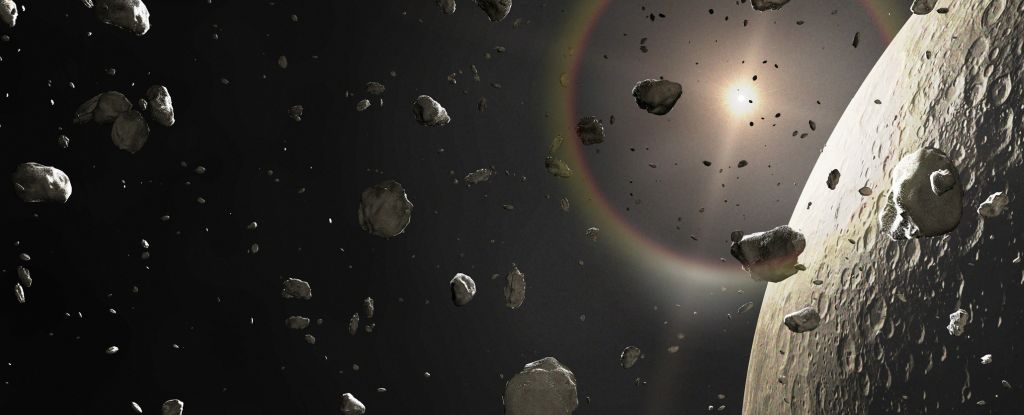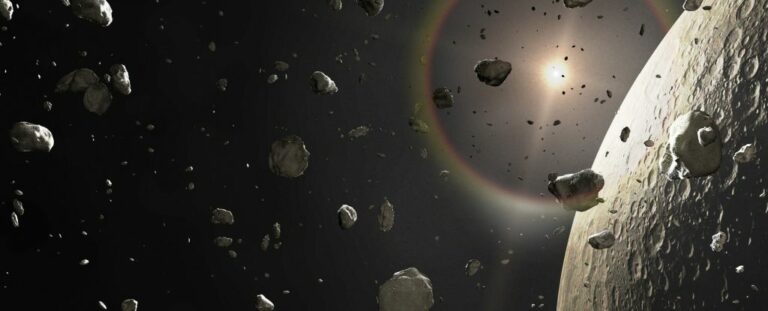NASA’s New Horizons made a significant discovery in the Kuiper Belt.
The icy debris belt encircling the outer Solar System may hold more surprises than previously believed. Recent data from the New Horizons probe traversing the Kuiper Belt indicates unexpected levels of particles in areas where dust was expected to be sparse.

This suggests that the donut-shaped field extends much farther from the Sun than previously estimated. This new information adds to the growing body of evidence that our knowledge of the outer Solar System is incomplete. By shedding light on this region, we may gain a better understanding of our own planetary system and others in the broader galaxy.
From that point onward, New Horizons diligently gathered data within the range of 45 to 55 astronomical units, continuously transmitting it back to Earth. Surprisingly, the Venetia Burney Student Dust Counter (SDC) onboard the spacecraft has been detecting a significantly higher amount of dust than what scientists initially anticipated at that specific distance.
A high concentration of dust indicates that there is either an increase in dust production or an unexpected force from solar radiation pushing dust from denser areas into that particular space. The most probable cause of any additional dust would be interactions between larger objects, such as collisions. This implies that there must be a sufficient number of icy rocks in that area that frequently come together.
Recent observations made by telescopes suggest that the inner main region of the Kuiper Belt might extend up to 80 astronomical units, indicating that the discovery aligns with the possibility that the Kuiper Belt might be larger than initially anticipated.
As of now, New Horizons is located more than 58 astronomical units away from the Sun. It is currently in its second extended mission, surpassing its initial expectations, and continues to transmit data back to Earth. Scientists are hopeful that it will endure until at least 100 astronomical units, and if fortunate, even reach the very edge of the Solar System, surpassing 120 astronomical units.
Astronomer Alan Stern, the principal investigator of the Southwest Research Institute and New Horizons, states, “These new scientific findings from New Horizons could potentially be the first instance where a spacecraft has discovered a new group of objects within our Solar System.”
“I am eagerly anticipating the extent to which these heightened levels of dust in the Kuiper Belt extend.”
Do not forget to share your opinion with us to provide you with the best posts !




0 Comments